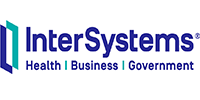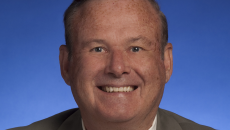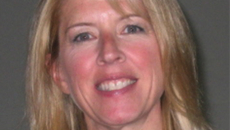InterSystems
SPONSORED
Abdullah Al-Najjar, director of corporate IT at Dhaman, says digital adoption in healthcare is lagging in Kuwait compared to some counterparts, but he hopes that will change with Kuwait's first public–private partnership project.
SPONSORED
Digital health requires a healthy data pipeline that’s aggregated, normalized, and deduplicated, and ready to be integrated into workflows across the health ecosystem for care coordination, analytics and machine learning.
SPONSORED
Electronic Health Records
The full value of FHIR is still years in the making, says one expert.
(SPONSORED) When Dave deBronkart learned he had a rare and terminal cancer, he turned to a group of fellow patients online — and found the medical treatment that saved his life.
SPONSORED
By: Dr.
SPONSORED
Achieving interoperability across boundaries and connecting providers for collaboration is a long process. Here are a few examples of customers where our interoperability technology is improving care and outcomes.
SPONSORED
The standard bodes well for future collaborative care models, even if it’s still in its infancy.
(SPONSORED) Two physicians working at the intersection of healthcare and technology recently chatted about what FHIR will mean to practitioners at the point of care.








